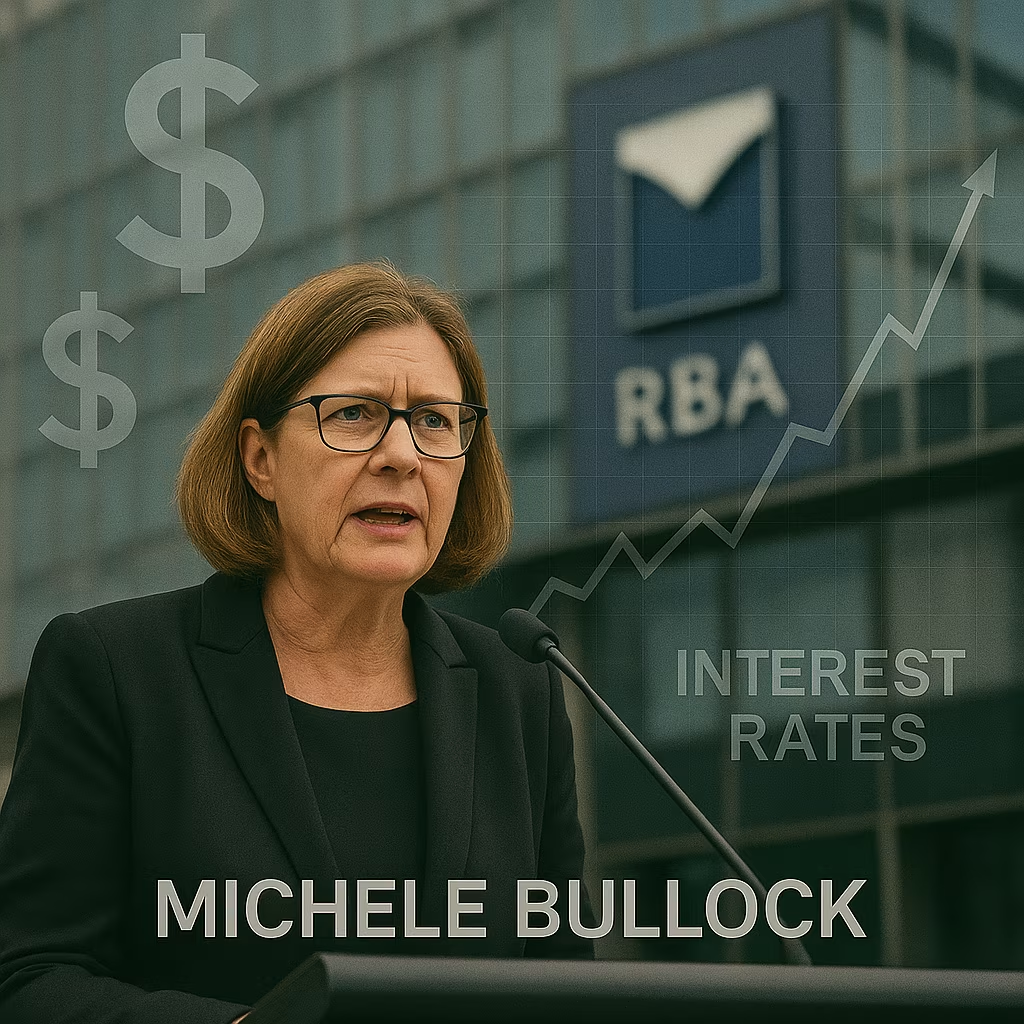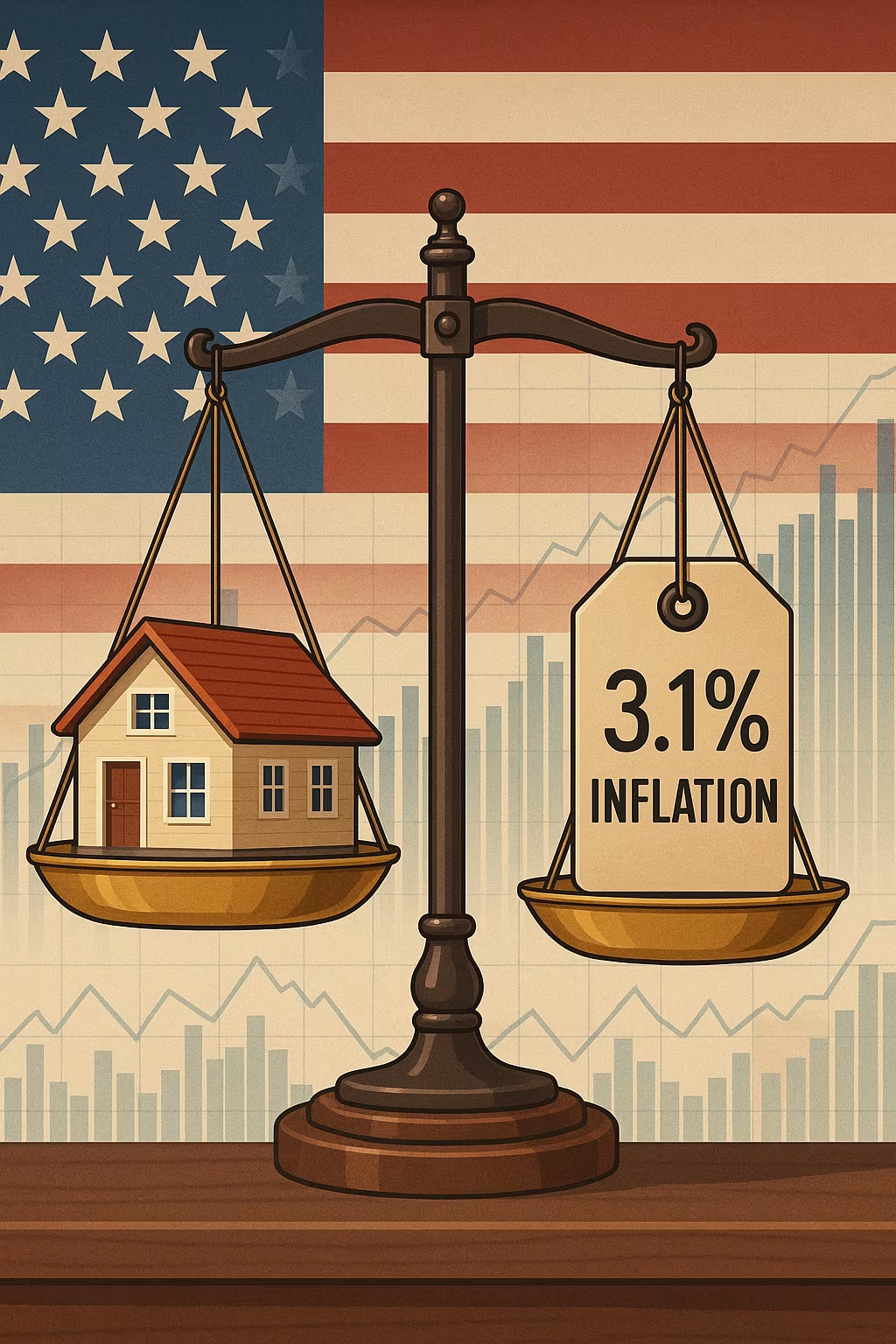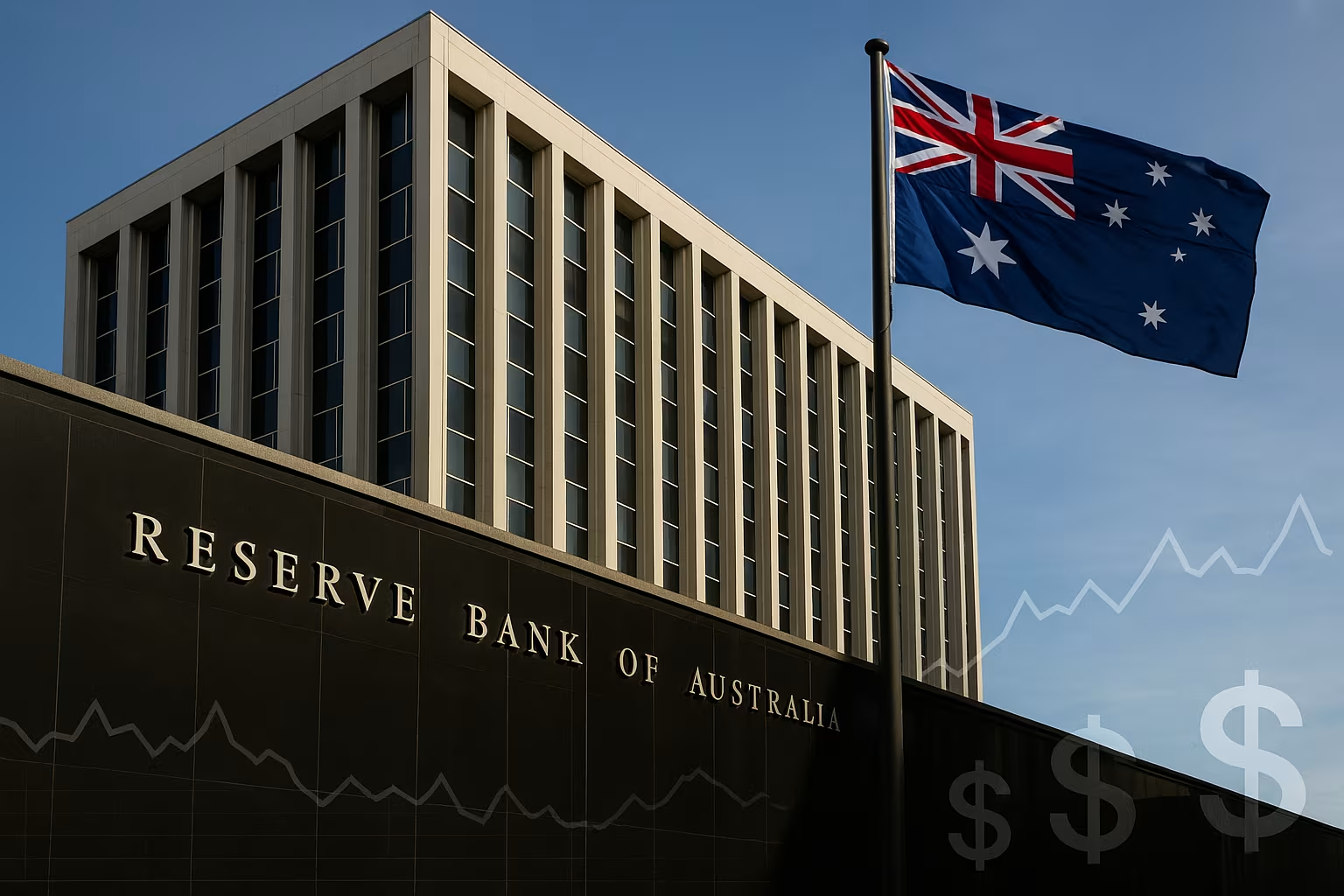Reserve Bank of Australia (RBA) Governor Michele Bullock has signaled that the central bank may deliver a “couple more” interest rate cuts following its August easing, marking a clear shift toward a more accommodative monetary policy stance. Her comments indicate that the RBA is confident inflation is moving in the right direction and that economic conditions now warrant further steps to support growth.
The August Rate Cut
In August, the RBA lowered its cash rate by 25 basis points, citing a slowdown in inflationary pressures and signs of softening in domestic demand. It was the first rate reduction in over three years, ending a prolonged period of elevated interest rates that had been used to combat post-pandemic price surges.
The move was widely anticipated by financial markets, with traders already pricing in additional easing for later in the year. Bullock’s latest remarks appear to confirm that more rate cuts are on the horizon, potentially extending into 2025.
Bullock’s Comments: “A Couple More” Cuts
Speaking at a business forum in Sydney, Bullock stated that the August cut was “the first step” in a process aimed at gradually returning policy settings to a more neutral level. She noted that while inflation is still above the RBA’s 2–3% target range, recent data suggests it is easing at a sustainable pace.
“We’re seeing inflation moving in the right direction, and that gives us scope to take a couple more steps to ease monetary conditions — provided the data continues to support it,” she said.
Bullock emphasized that future cuts will be data-dependent, with the RBA closely monitoring inflation, wage growth, and labor market trends before making further moves.
Inflation and Economic Context
Australia’s inflation peaked at over 7% in late 2022 before steadily declining, helped by tighter monetary policy, easing supply chain pressures, and softer consumer spending. The most recent figures show annual inflation at 3.4%, still above the target but far lower than its peak.
The RBA’s challenge is to bring inflation fully within its target range without unnecessarily weakening the economy. Growth has slowed to around 1.5% annually, with high borrowing costs weighing on household consumption and business investment. While the labor market remains relatively tight, job creation has moderated, and wage growth has plateaued.
Why More Cuts Are Likely
Several factors support the case for further easing:
- Slowing Domestic Demand
Higher interest rates over the past two years have significantly dampened household spending and credit growth. - Cooling Labor Market
Unemployment remains low by historical standards but has edged higher, signaling a gradual rebalancing in labor supply and demand. - Global Headwinds
Sluggish growth in China, geopolitical tensions, and weaker global trade could weigh on Australia’s export-driven sectors. - Inflation on a Downward Path
While still above target, the steady decline in inflation suggests the RBA’s tightening cycle has been effective, creating room for a measured easing phase.
Market and Investor Reaction
Financial markets reacted positively to Bullock’s remarks, with the Australian dollar dipping slightly against the U.S. dollar as traders priced in the likelihood of additional rate cuts. Bond yields also fell, reflecting expectations of a more accommodative policy stance.
Equity markets, particularly in interest-rate-sensitive sectors such as real estate, banking, and consumer discretionary, saw modest gains on hopes that lower borrowing costs will stimulate spending and investment.
Risks to the Outlook
While Bullock’s guidance leans toward further easing, several risks could alter the RBA’s trajectory:
- Inflation Surprises
A sudden spike in global commodity prices, particularly energy, could reignite inflationary pressures and slow the pace of cuts. - Global Financial Conditions
If major central banks like the U.S. Federal Reserve maintain higher rates for longer, a widening interest rate gap could weaken the Australian dollar and import inflation. - Housing Market Dynamics
Lower interest rates could reignite rapid house price growth, raising financial stability concerns. - Wage Growth Resurgence
Stronger-than-expected wage increases could feed into higher services inflation, complicating the disinflation process.
The RBA’s Balancing Act
The Reserve Bank faces the delicate task of stimulating economic activity without undermining the hard-won progress on inflation. Bullock has been clear that policy changes will be gradual, avoiding the kind of rapid easing that could destabilize the economy.
This approach mirrors the strategies of other central banks that are transitioning from aggressive tightening to cautious easing, maintaining a focus on data and flexibility.
Economic Sectors to Watch
Several parts of the Australian economy stand to benefit from further rate cuts:
- Housing and Construction: Lower borrowing costs could boost mortgage activity and new housing starts, though supply constraints may limit the pace of growth.
- Retail and Consumer Services: Reduced interest payments could free up household budgets, lifting spending.
- Small and Medium-Sized Enterprises (SMEs): Easier access to credit could help smaller businesses expand operations and invest in productivity improvements.
- Export Industries: A slightly weaker Australian dollar could enhance competitiveness for exporters, particularly in agriculture and manufacturing.
The Road Ahead
Bullock’s “couple more cuts” comment suggests that the RBA may act at one or two upcoming policy meetings, likely in late 2024 and early 2025, provided economic data remains favorable. The central bank is expected to continue signaling its intentions clearly to avoid unnecessary market volatility.
In the meantime, policymakers will be focused on:
- Tracking core inflation trends.
- Assessing labor market shifts.
- Monitoring global economic developments.
- Evaluating the impact of August’s cut on domestic demand.
Governor Michele Bullock’s remarks signal a turning point in Australia’s monetary policy, with the Reserve Bank poised to deliver further interest rate cuts after its August easing. While the timing and size of future moves will depend on incoming data, the central bank’s shift toward a more accommodative stance reflects confidence that inflation is on track to return to target.
For households, businesses, and investors, the message is clear: monetary policy is set to gradually loosen, but caution will remain the watchword as the RBA navigates the final phase of its inflation fight.





